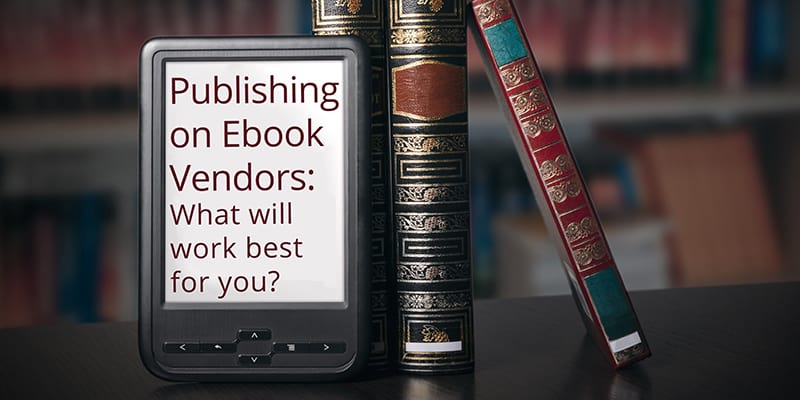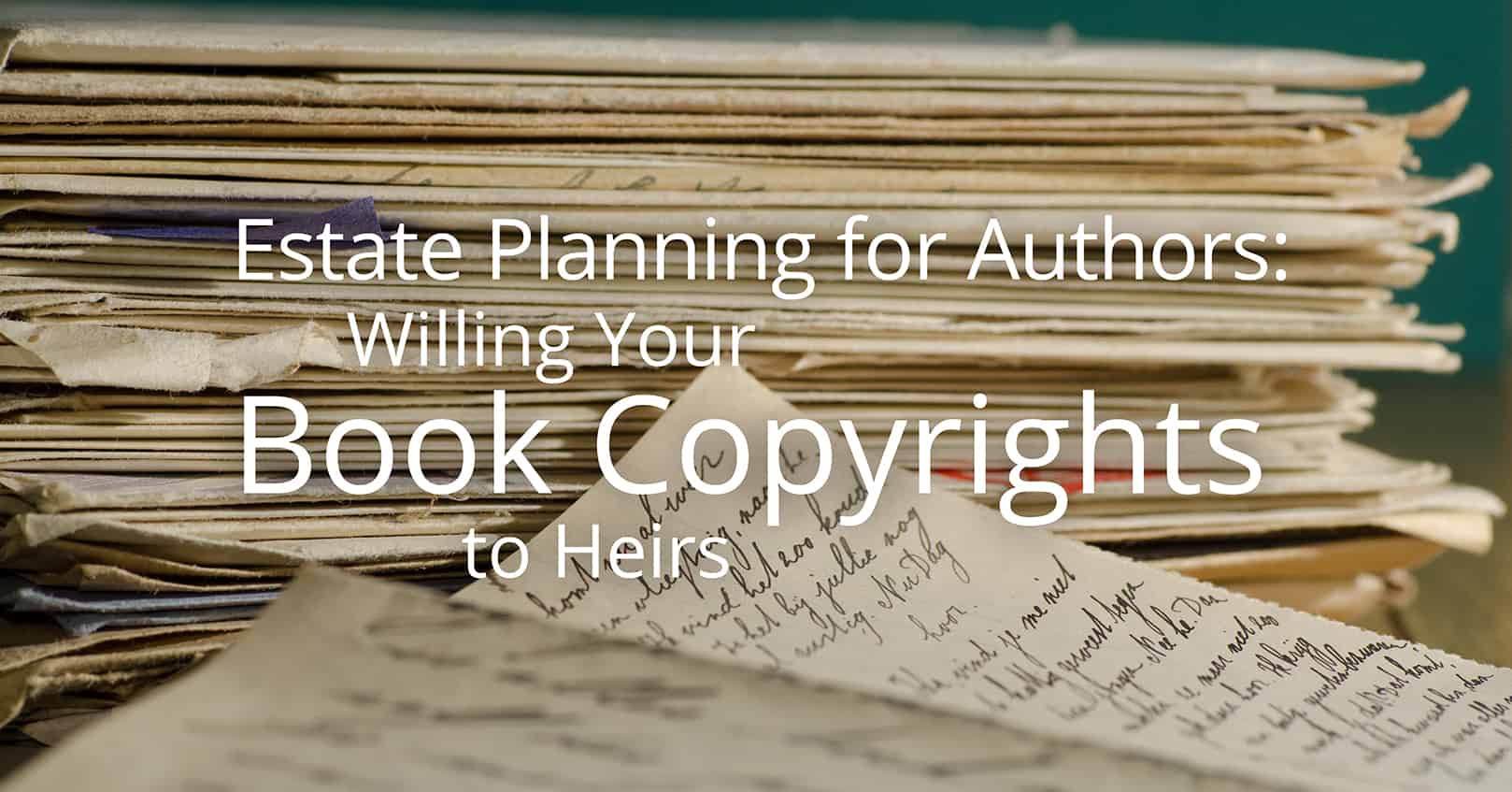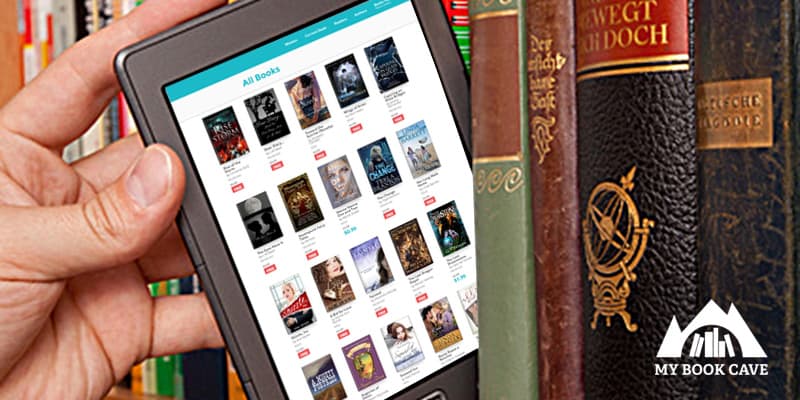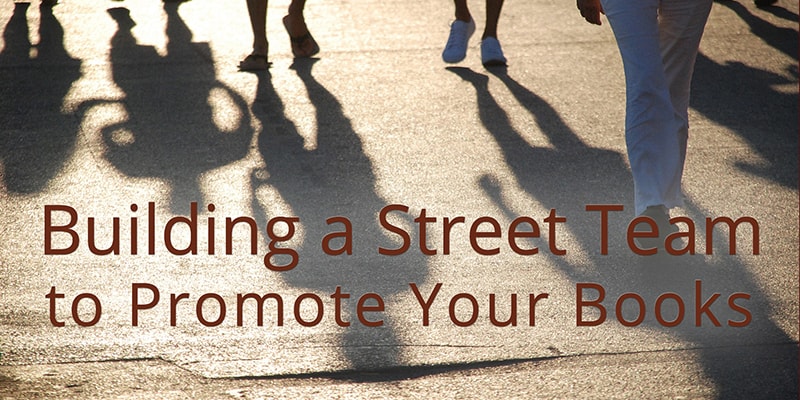
Deciding where to publish your ebook can be difficult—there are so many ebook vendors out there! We would like to share with you some facts, as well as our recommendations, that’ll help you make this decision.
Ebook Vendors
Amazon Kindle Direct Publishing
In 2015, Amazon had 304 million active users, and that number has only grown in the last two years. Granted, not all of these people will buy ebooks or have a Kindle, but it’s still a huge audience that you can reach through Amazon. More than that, the Amazon Kindle app is available on almost all other devices, meaning that even if someone doesn’t own a Kindle, they can still buy a Kindle book and enjoy it on a different device.
Self-publishing your ebook on Amazon is free, and you get 70% on books that are between $2.99 and $9.99. You get 35% royalties on any other price. For books you earn 70% on, your royalties are calculated after delivery fees, which are based on file size. They are the only retailer who charges delivery fees.
You cannot set your book below 99 cents, unless you make it free on another vendor and Amazon matches it, or unless you use a Free Book Deal (see this below in the Kindle Select information).
We strongly encourage you to sell your book on Amazon. The delivery fees aren’t great, but you’ll reach a lot more readers through Amazon than other sites. Most readers have access to the Amazon app and are willing to download books from Amazon even if they don’t own a Kindle. If you’re not publishing on Amazon, you are severely limiting your audience and potential sales.
You don’t have to publish your book directly on Kindle. Several sites act as aggregators and will distribute your books on multiple ebook vendors. We’ll talk about several of these sites below.
Amazon Kindle Direct Publishing Using Select
This is also publishing on Amazon and has all the benefits mentioned above, but when you publish through KDP Select, you are not allowed to publish your ebook on any other vendor site. KDP Select puts your book in the Kindle Owners’ Lending Library, where Amazon Prime members can borrow books for free, and you get royalties for every book borrowed. This is a great advantage, because readers are more likely to get something that is free, but you still get paid for it. With KDP Select, you can also run Free Book promotion for 5 days for no royalties but more exposure, and a Kindle Countdown Deal where you can choose to discount your book as low as 99 cents for up to 7 days, but still earn 70% royalties on the sales.
Some authors report earning significant royalties on borrows. If you don’t feel you have the time to publish your book on other retailers, KDP Select may be the best option for you. However, keep in mind that there is always a risk in putting all your eggs in one basket, and you will offend some readers who do not use Amazon.
Nook Press
Barnes & Noble is another large ebook vendor, and you can publish your ebook there at no cost. You have complete control over the cost of your ebook. If your ebook is between $2.99 and $9.99, you get 65% royalties. Otherwise, your royalties are 40%. This is very similar to Amazon’s royalties, but Barnes & Noble does not charge delivery fees. If your book has high delivery fees on Amazon, you may earn more royalties on B&N, but for an average ebook, you will still earn slightly more on Amazon.
Unlike Amazon, you can set your book for free at any time for as long as you want.
The Nook app can be downloaded on many devices, so readers can still receive your ebook even if they don’t have a Nook.
We recommend also selling your ebook on Nook, if you have not chosen KDP Select.
You don’t have to publish your book directly on Nook. Several sites act as distributors and will publish your books on multiple ebook vendors. We’ll talk about several of these sites below.
iBooks Author
Apple Books is another vendor with a huge audience, and it is great for publishing design-heavy books. One huge disadvantage, though, is that ebooks published on Apple Books are only available on IOS devices, which severely limits your audience. Royalties are a straight 70% of the list price, with no delivery fees, so royalties are higher here than on Amazon or Barnes & Noble.
Unlike Amazon, you can choose to offer your book for free, and you can schedule price changes for certain periods of time.
Also, you must use a Mac to upload your books directly to iTunes. You can adjust pricing afterwords from a regular PC, but several sites can distribute to Apple Books. (See below.)
Kobo
Kobo also charges nothing to publish your ebook. Your ebook will display on the Kobo site, and you can receive 70% royalties on books that are $2.99 or higher, and 45% royalties for books between 99 cents and $2.98. The other option is to offer your book for free (for 0% royalties, of course). Like on iTunes, you can schedule discounts to occur automatically.
Kobo has their own ereaders, as well as an app that can be used on other devices. However, this ebook vendor is not as well known in America as Amazon and Barnes & Noble, and US readers are unlikely to have the app on their devices. One advantage Kobo does have is that it is partnered with the American Booksellers Association, which means that thousands of small bookstores post Kobo ebooks on their websites. Kobo is popular with readers in Canada and elsewhere outside the US.
We recommend putting your ebook on Kobo, in addition to selling it on one of the larger ebook vendors.
Smashwords
You can publish your ebook on Smashwords and earn up to 85% royalties on sales. For direct retail sales, Smashwords is a growing community, but is still relatively small. Since Smashwords is free to publish on, go ahead and try it if you have the time.
Smashwords also distributes to Barnes & Noble, iTunes, and other retailers. This is optional. Many authors who don’t want to spend the time to upload at all vendors can choose to have Smashwords distribute for them. Keep in mind that you will not make as much as you would distributing directly because Smashwords will keep 15% of the proceeds.
We recommend using Smashwords only for direct sales, and to distribute to libraries and non-major vendors.
Google Play
Google Play reaches one billion Android users, but keep in mind that not all of those Android users download books from Google Play. In fact, many of them choose to just use the Kindle app because of the simpler interface and the ability to sync between devices.
Google is a little strange in that you must actually charge more for your ebook to get the same price you are asking for on other retailers. It’s a different pricing setup, but once you figure it out, you can make it work for you.
Google pays you 52% of this higher asking retail price (rather than the price they charge their customers), so once you deduct the delivery fees that Amazon charges authors and publishers, Google’s royalties per book are within a penny or two of Amazon’s royalties, depending on how much you are charged for Amazon delivery fees. Google does not charge a delivery free.
Here are some common price points for Google Books:
Publisher/author must charge $0.99 to have Google charge $0.99
Publisher/author must charge $3.94 to have Google charge $2.99
Publisher/author must charge $5.18 to have Google charge $3.99
Publisher/author must charge $6.48 to have Google charge $4.99
Publisher/author must charge $7.78 to have Google charge $5.99
If you don’t ask more for your publisher’s price on Google, Amazon will price match their discount, making you lose out on royalties on Amazon. So make sure to set your price higher if you’re using Google Play.
Google also has a way you can put a book on sales, but you must upload a CSV to do so. It’s a little challenging to navigate, but worth it because your original and the sale price shows, making your book appear all that much more valuable.
Ebook Distributors
If you’re feeling overwhelmed at all the ebook vendors out there, keep in mind that there are some sites that will publish your ebook on several sites for you, making your work easier. Here are some distributor sites.
Draft2Digital
This is a great site we highly recommend. Easy to navigate and to upload. They distribute to Apple Books, Barnes & Noble, Kobo, Inktera (formally Page Foundry), Scribd, 24Symbols, and Tolino. If you are an author or publisher who normally distributes to most major sites directly, you may want to add Draft2Digital to catch a few other sites you don’t normally hit. You can pick and choose where to distribute. It is free to list a book, but like most distributors, they will keep 15% of the net funds that you earn from each retailer. So if you have them distribute to Apple Books, you will earn 55% of the retail instead of 70%.
Smashwords
As mentioned above in the section about Smashwords as a retailer, you can also distribute your ebook through Smashwords to Barnes & Noble, Apple Books, Kobo, Scribd, libraries, and many smaller ebook vendors. We do recommend using Smashwords and have found their site very useful.
Keep in mind that when distributing through Smashwords, you will earn 60% of the sales made on the major sites (versus 65%-70% if you uploaded directly). On some of the smaller sites they distribute to, you will get 45%.
If you do not want Smashwords to distribute to other retailers, go to your Dashboard’s Channel Manager and opt out of their retail partners.
IngramSpark
IngramSpark is both a print and ebook distributor. With IngramSpark, you can distribute your ebooks on Amazon, Barnes & Noble, Apple Books, Kobo, and several other smaller ebook vendors. There are some restrictions on whether or not you can distribute your ebooks through them. IngramSpark pays 40% royalties on ebooks. They also charge an initial fee to sell an ebook through them ($25).
Pronoun
Pronoun distributes ebooks to Amazon, Apple Books, Barnes & Noble, GooglePlay, and Kobo. Pronoun itself takes 0% of your sales, but the vendors they distribute to still take their cut. However, Pronoun gives better royalties on Amazon than Amazon itself gives authors directly: 70% for books priced below $9.99 and 65% for books priced above $9.99. Pronoun also allows you to discount your ebook to $0.00 on Amazon, something Amazon does not allow you to do unless you’re signed up for KDP Select (it must be done through a price match otherwise).
Pronoun has free tools for authors and also packages you can buy that will help you get your ebook ready for market.
Update: Unfortunately, Pronoun is no longer in business.
Book Baby
Book Baby offers several publishing services that you can pay for, including print distribution, editing, book design, and ebook distribution. For the ebook distribution, Book Baby distributes your ebook to Amazon, Apple Books, and Barnes & Noble. If you go for the free publishing option, Book Baby will give you 85% royalties. But if you buy the premium package, Book Baby will give you 100% of your net sales (so, minus the delivery cost). When publishing with Book Baby, you also get access to the company’s Book Promo program, which includes a social media marketing guide, coupons, and “guaranteed book reviews.”
If you need to change your ebook after publishing, Book Baby will charge a fee. Draft2Digital, Pronoun, and Smashwords allow you to update your file as much as you want, without any fees. This site may be more for those who don’t feel comfortable formatting or finding formatters for their ebooks, and who feel they need help through the process.
To sum up…
We recommend selling your ebook on Amazon. If you have not chosen Amazon Select, then we recommend at a minimum also selling your ebook on Barnes & Noble. Together, Amazon and Barnes & Noble make up 70–80% of ebook sales!
We also recommend, if you are able to, selling your book on Apple Books and Kobo. You’ll get the best royalties if you distribute to each of these sites individually, but if that’s not viable, we recommend using Draft2Digital, Pronoun, or Smashwords to distribute your ebooks.
If you also are selling your ebook as a print book, we recommend using Amazon’s KDP to upload both your ebook and print book directly to Amazon, so they will be linked, then either uploading to other retailers individually, or using Draft2Digital, Pronoun, or Smashwords for the rest.
We hope this information on ebook vendors will help you make an informed decision on how to distribute your ebooks. If you have any additional ideas, we’d love to hear them in the comments below.















Thank you for such an in-depth article.
Pre-orders are a simple yet effective way to gain visibility in a store before you launch your book. You just need to have your title and metadata ready and you can make your book available for pre-order on Amazon (through KDP) and the other major retailers (through D2D). Usually, the pre-order term can be up to a year in advance of your publication date.
According the Kobo help site, if my ebooks are already published through Ingram Spark, it only way I can publish them directly through Kobo is for me to ask Ingram Spark to remove Kobo from their ebook distribution channel. Ideally, I’d like to publish direct through Kobo while retaining the rest of Ingram Spark’s distribution list intact (I already have the books published separately through Amazon KDP for Kindle only, standard distribution, with my own ISBNs). Any feedback on this would be appreciated.
Is Word to Kindle with Nick Caya any good? Thanks!!
I don’t know if you’re still interested, but Nick Caya worked on my book and did an amazing job. He was so patient with my impatient nature and I would highly recommend him.
So if I place my book through Ingram, as an E-Book, will it be available on Amazon just as much as placing it on Amazon’s e-book site instead of ingram? It seems like amazon pays better royalties through them directly, but Ingram provides better distribution. Thank You!
Quisiera que fueran publicados mis textos a bajo costo, pero también saber cuento es el costo/beneficio de estos para aventurarme a publicarlos con ustedes
Thank you for this very helpful article! It’s great to have all the info in one place!
This article is by far one of the best I’ve read on how each of these e-book publishers and distributors work. Thanks so much for breaking it down!
Awesome article, thanks. Is there a service that connects the dashboard for each service if you upload your books directly? I’ve taken that path and would like to consolidate all the sales info into one place. Thanks.
None that we know of, Chris.
Great breakdown, thanks. I didn’t know about Pronoun so I’ll be checking them out to see if I can get better royalties for my lower priced books on Amazon, and it would be nice to make my books free when I wanted to instead of when Amazon wanted to. Cheers.